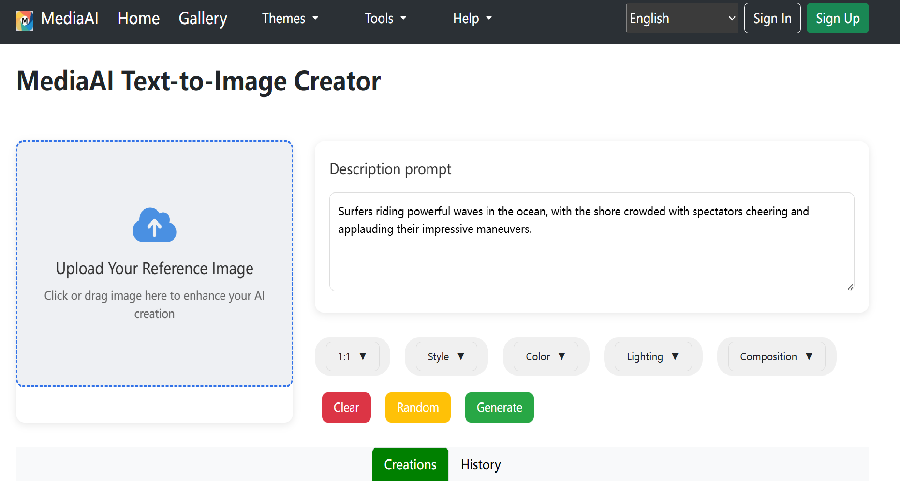How to Clean an Oil Painting on Canvas: A Comprehensive Guide
Oil paintings on canvas are timeless works of art that can last for centuries when properly cared for. However, over time, dust, grime, and even smoke can accumulate on the surface, dulling the colors and obscuring the artist's original vision. Cleaning an oil painting requires careful attention to detail and the right techniques to avoid damaging the delicate paint layers. In this guide, we'll walk you through the step-by-step process of safely cleaning your oil painting while preserving its beauty.
Understanding the Risks Before Cleaning
Before attempting to clean any oil painting, it's crucial to understand the potential risks involved. Oil paintings are composed of multiple layers, including the canvas support, ground layer, paint layers, and often a varnish layer. Each of these components can be sensitive to cleaning solutions and physical pressure.
Common Problems Encountered
- Surface dirt accumulation: Dust and airborne particles settle on the painting over time
- Yellowed varnish: Older varnishes tend to yellow and darken with age
- Smoke damage: From cigarettes or fireplaces can create a sticky film
- Mold growth: In humid environments can damage both paint and canvas
Step-by-Step Cleaning Process
1. Initial Assessment

Begin by examining the painting under good lighting. Look for areas of flaking paint, cracks, or other signs of instability. If you notice significant damage, it's best to consult a professional conservator. For minor surface dirt, you can proceed with careful cleaning.
2. Dry Cleaning Methods
Start with the gentlest cleaning approach - dry methods. Use a soft, natural bristle brush (like a sable brush) to gently remove surface dust. Always brush from the center outward, working in one direction. For more stubborn dust, you can use a special conservation sponge that lifts dirt without abrasion.
3. Testing Cleaning Solutions
Before applying any liquid cleaner, test it in an inconspicuous area. Mix a small amount of distilled water with a few drops of mild detergent (like Ivory soap). Dip a cotton swab in the solution, gently roll it on the test area, and immediately blot dry. Wait 24 hours to check for adverse reactions.
4. Wet Cleaning Technique
- Prepare a cleaning solution of distilled water and mild detergent
- Use cotton swabs or soft white cloth dampened (not wet) with the solution
- Gently roll the swab over small areas, turning frequently to avoid dirt transfer
- Immediately blot dry with a clean, dry cloth
- Work in small sections (about 2x2 inches) and change swabs often
When to Seek Professional Help
Certain situations require the expertise of a professional art conservator. Consider professional cleaning if your painting shows any of these characteristics:
- Significant cracking or flaking paint
- Evidence of previous restoration attempts
- Extremely valuable or historically important works
- Paintings with complex varnish layers
For more information on professional art restoration, visit the AI photo restoration section of our blog, which discusses modern approaches to art conservation.
Preventive Maintenance Tips
Proper care can significantly reduce the need for deep cleaning. Follow these preventive measures:
- Display paintings away from direct sunlight and heat sources
- Maintain stable humidity levels (40-50% relative humidity)
- Dust paintings regularly with a soft brush
- Consider using UV-protective glass for framed works
- Have paintings professionally varnished to create a protective barrier
For more tips on preserving artwork, check out our AI art guide which includes modern techniques for art preservation.
Conclusion
Cleaning an oil painting on canvas requires patience, the right materials, and a gentle touch. While surface dust can often be safely removed at home, more complex cleaning should be left to professionals. Remember that prevention is the best approach - proper display and regular light cleaning will keep your oil paintings looking their best for years to come. For valuable or sentimental pieces, consulting with an art conservator is always the safest choice.
If you're interested in digital approaches to art restoration, explore our portrait to art detail feature that demonstrates how technology is transforming art conservation.